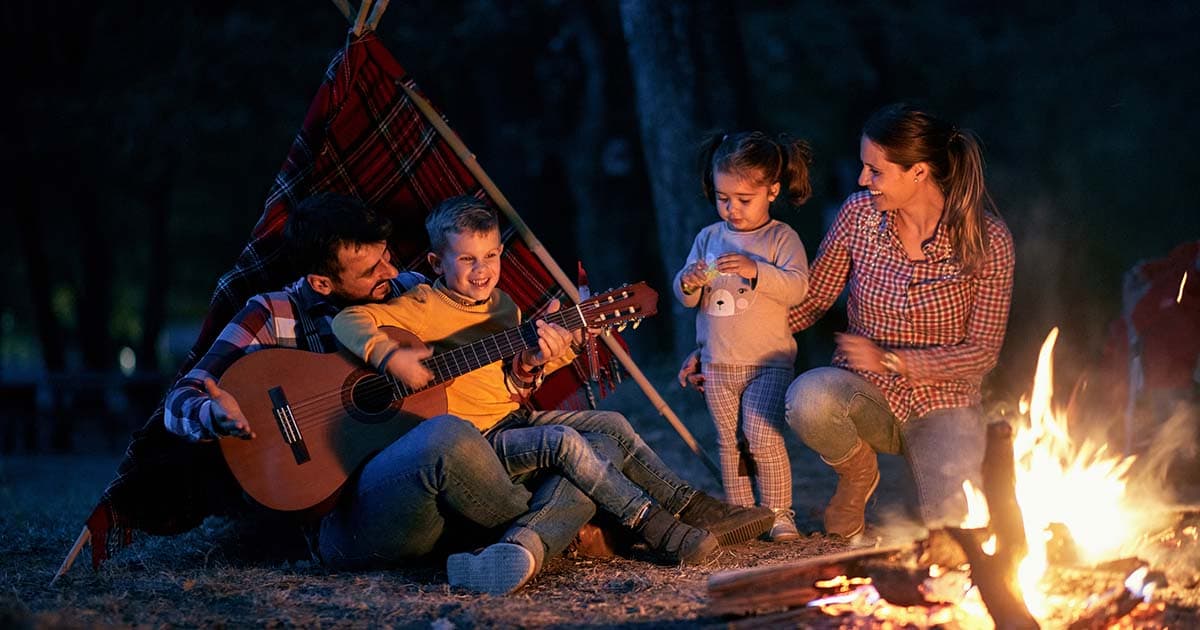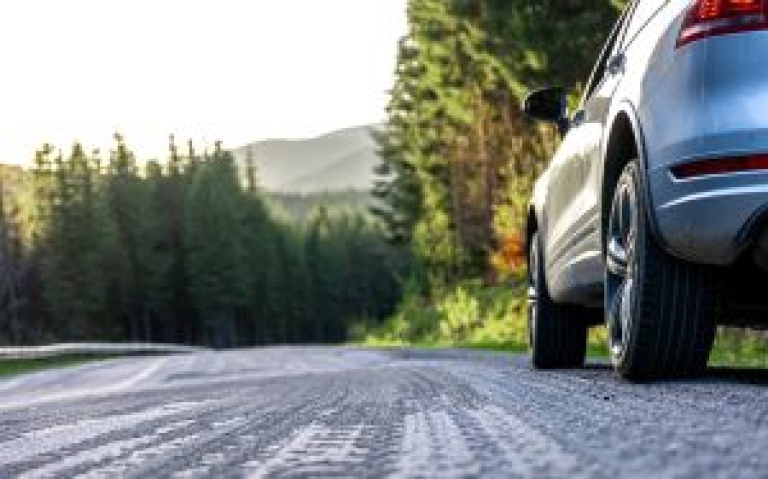Keep Your Campfire Safe
May 19, 2022

A campfire can leave happy memories. To help make sure that you have the best experience possible, fire safety is essential.
Here are 5 tips to keep your campfire safe.
- Check to see if there is a fire ban: Check online or call local or provincial authorities to find out if a fire ban is in effect. A fire ban means there are no outdoor fires allowed and is usually due to environmental conditions and to help ensure public safety.
Failing to respect fire bans and restrictions can lead to serious fines and penalties.
British Columbia has some of the highest wildfire-related violation fines in Canada. Failure to comply with a fire restriction carries a fine of $1,150.
- Use of firepits: Fire pits and natural gas outdoor fireplaces are legal in B.C.
However, each municipality will have its own regulations. Check with local bylaws or authorities before installing in your backyard.
Be sure to hire a licensed gas contractor to install your natural gas outdoor fireplace.
Unlawful or unsafe fire pits and outdoor fireplaces could impact your homeowner’s insurance. Speak to your insurance expert to get more information and to see how you would be impacted if a campfire were to get out of control.
If you are in a provincial park, use approved fire-rings or fire pits to build your fire, if campfires are permitted.
If you’re out in the wilderness, you will need to build a firepit. Clear at least a one-metre radius around the designated fire area, which should be free of grass, twigs, leaves, and firewood. Keep your firepit at least four metres away from any tents.
- How to start your campfire: You can buy campfire wood, but you can also use larger pieces of wood that you find that has fallen or is from felled trees. Collect kindling, thin pieces of wood, and tinder, which is small twigs, dry leaves, and needles.
Put the tinder in the centre of the fire pit, then add the kindling on top. Stack it like a teepee or a like a log cabin. Use your lighter or match to ignite the tinder. Blow lightly at the base of the fire to get it started.
Gradually add more kindling. When the fire is hot enough, add larger pieces of firewood. Don’t put on too much wood at one time or you could smother your fire.
If you have never built a campfire before, you can visit the Parks Canada website for help.
Remember to keep your campfire small -- 0.5 metres by 0.5 metres. Make sure that you always have a source of water, a bucket and shovel nearby.
Do not build a campfire on a windy day. Sparks or embers from the fire could travel setting an unintentional fire. Put the fire out if wind changes and begins to cause concern.
- How to put out your fire: The best way to put out your campfire is to let the wood burn completely to ash. If you don’t have enough time for this, extinguish your fire with buckets of water.
Use enough water until the fires stops hissing and use your shovel to stir and break up the campfire. If your fire is out, you should not be able to feel any heat from the ashes.
Natural Resources Canada says that humans cause slightly more than half of all wildland fires in Canada, typically in populated forest and grassland areas. Due to where these fires occur, they are usually spotted early and can be reached quickly by firefighting crews. However, the threat they pose to human safety and property makes them a major concern for firefighting crews.
- Be vigilant: Do not leave your fire unattended. Supervise your children and pets around a campfire.
Report any signs of a wildfire, illegal campfires, or suspicious smoke to provincial authorities. Call 911 if the fire presents an imminent danger.
Other News

Real Insurance Stories from Real People - Langley, B.C., customer Brenda S. explains her claims experience for home insurance with Western Coast
Western Coast Insurance Services Testimonial We’re here to help you through the clai…

You Can Shop Around for Optional Car Insurance in B.C.
Yes, you can buy optional car insurance from private insurers in British Columbia. For basic…
Western Coast Insurance Services Ltd. is a wholly owned division of Western Financial Group Ltd. Insurance products are underwritten by certain licensed insurance companies and are only available throughout British Columbia, Canada.
2025 Western Coast Insurance Services Ltd. All rights reserved.


